 |
| Tibetan prayer flags in the Himalayan breeze |
But there's no denying the extreme value of the "reformed" Mahayana schools, with their mix of Hinduism, Taoism, and indigenous shamanism. One should parse what is missionary Buddhism from what practices and beliefs were present before Buddhism arrived and not confuse the Dharma (the Buddha's Teaching) with many other beliefs. The bathwater was not thrown out just because the baby arrived. There are throughlines for all forms of Buddhism no matter how far afield they travel.
Note that Theravada ("Teaching of the Elders") only represents 10% of the Buddhist experience in the world, whereas Mahayana ("Great Vehicle") is a big tent with many disparate members that would not really go together but do because everyone accepts the mainstream by default and some even prefer it.
What's the difference? Would YOU prefer a Buddhism centered on Amitabha, a "Cosmic Buddha" of Infinite Light, or a Queen of Heaven who is the Goddess of Compassion Virg Yin Guanyin -- or a lackluster tradition about an actual historical human guy named Siddhartha Gautama who mostly refuses to do magic and prefers the "miracle of instruction" over the other more flashy miracles?
We think the answer is clear. But people on this planet, by and large, will stick with whatever they were born with. Right, Catholic readers? Lol. We were Catholic, we were Christian, we were Jewish, we were atheists, we love (animistic) shamanism, and now we fancy ourselves lapsed agnostics (like Monty Python said).
So one way the Dhamma (Pali) came to be practiced was the post-Brahmin version that went north. Technically, it is a Mahayana school, but it is actually Himalayan Vajrayana (as distinct from the related Mongolian, Russian, and Siberian versions), where -yana means "vehicle." Let us take a peek at a lama's life in a form of Buddhism so influenced by Bon shamanism that it is all about ritual, black magic, and a whole lot of Hinduism by another name.
(One may ask how Tibetan Vajrayana survived and came to be so widely known. The CIA and the American Empire, at odds with the Chinese Empire, had a lot to do with that). Which Buddhism is the "right" Buddhism? Viva la difference.
Tibetan Monk: A Day in the Life of a Tibetan Buddhist Monk | Tibet Travel
This video lets us have a glimpse of what a monk’s daily life is like in Tibet, which is shown as we followed a head monk, who lives in the Jhoden Monastery, about three hours driving east of the Tibetan (formerly imperial) capital Lhasa.
Follow-up on monk's daily life: The Daily Life of a Monk (2): Gift
He leads a fairly peaceful and simple life. His daily schedule consists of morning Buddha offering (puja), meditation (bhavana), praying for the peace and a good harvest for the villages around his monastery, and night chanting (paritta).
Buddhist monastics are living a happy and simple, but it’s not easy. They need to keep pursuing their Buddhist practices, studies, and praying for the blessings of the Goddess of Mercy Kannon (Kwan Yin, Guanyin, Avalokita).
From the early morning to the late night, see how he will enjoy the day. Hoping all will enjoy the video and let us know what you think.
Subscribe to channel: bit.ly/2UzibQD.
Website: tibettravel.org. Social media: tibettravel.org/tibetan-c.... Facebook/tibettravelorg. IG: tibettravelorg
#tibet #monk #tibetanmonk #monastery #dailylife #lhasa
- Tibet Travel (Tibet Vista), July 22, 2020; Dhr. Seven, Ananda (Dharma Buddhist Meditation), Amber Larson (eds.), Wisdom Quarterly





















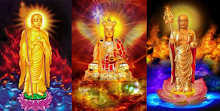



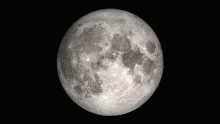















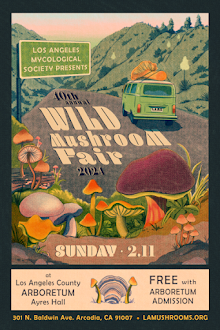




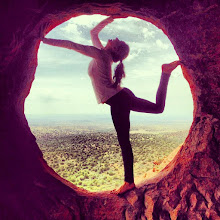
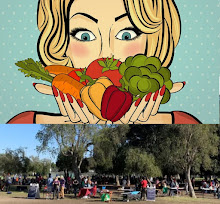









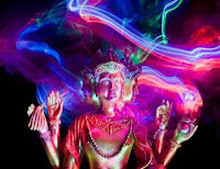









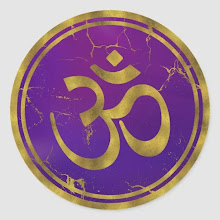
















































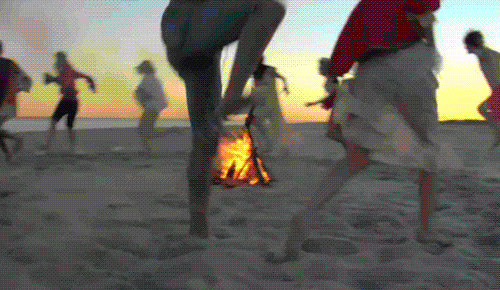





























































































































No comments:
Post a Comment